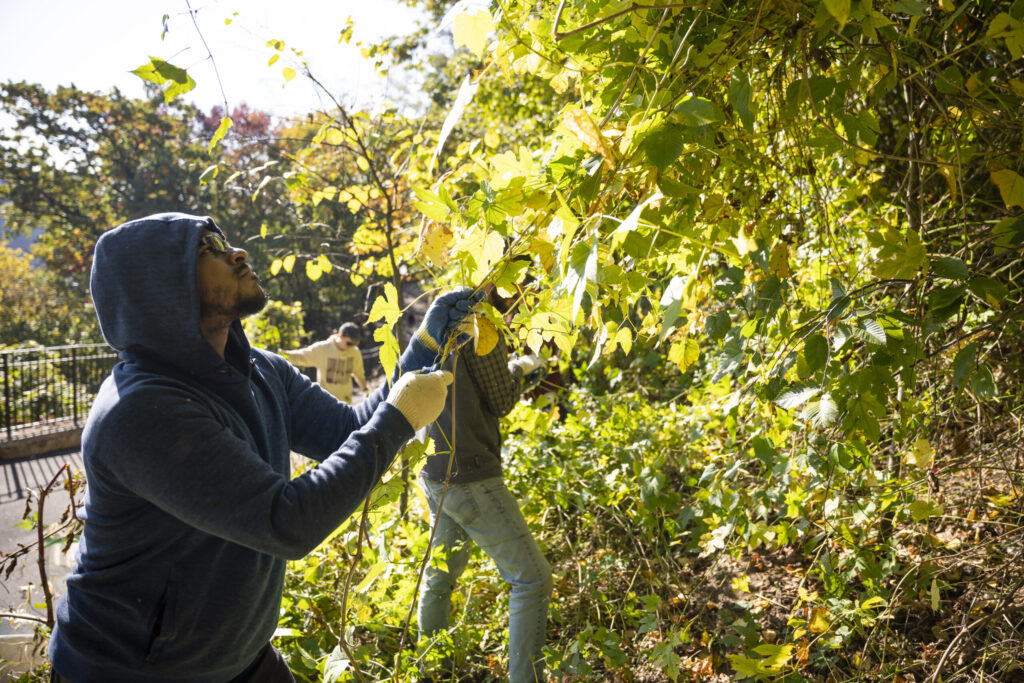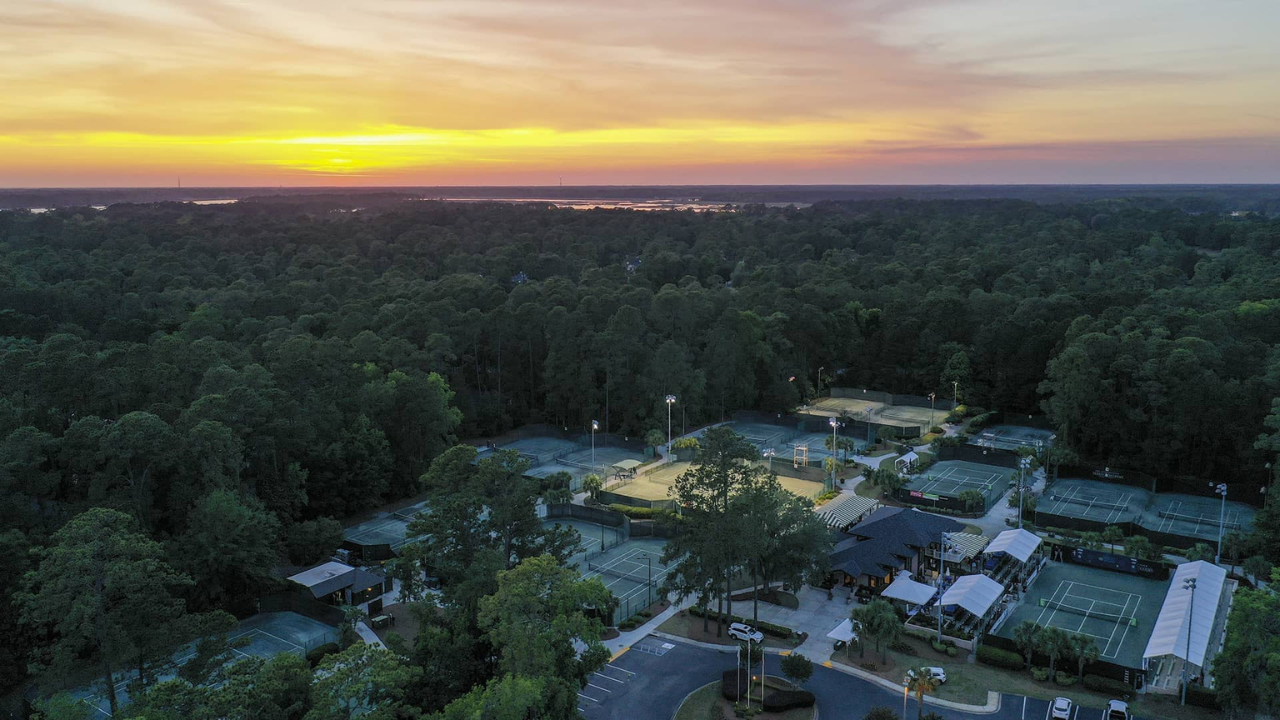Introduction
The 25th Annual Invasive Species Removal & Habitat Restoration Project Day marks a significant milestone in the ongoing battle against invasive species and the preservation of native ecosystems. This event, which brings together volunteers, conservationists, and community members, is a testament to the power of collective action in environmental stewardship. Over the past quarter-century, this initiative has made remarkable strides in restoring habitats, protecting biodiversity, and raising awareness about the threats posed by invasive species. This article delves into the history, impact, and future of this vital project, highlighting its importance in forest conservation and flora education.
The Origins of the Project
1.1. The Invasive Species Challenge
Invasive species are non-native plants, animals, or microorganisms that cause harm to the environment, economy, or human health. They often outcompete native species, disrupt ecosystems, and alter habitats.
- Historical Context: The introduction of invasive species has been a global issue for centuries, exacerbated by globalization and human activity. In many regions, invasive plants have overtaken native flora, leading to a decline in biodiversity.
- Local Impact: In the area where the project began, invasive species such as Japanese knotweed, garlic mustard, and purple loosestrife were threatening local ecosystems, including forests, wetlands, and grasslands.
1.2. The Birth of the Project
The Invasive Species Removal & Habitat Restoration Project was initiated 25 years ago by a group of dedicated conservationists and community leaders.
- Founding Vision: The founders recognized the urgent need to address the invasive species problem and saw the potential for community involvement to make a significant impact.
- Initial Efforts: The first project day involved a small group of volunteers who focused on removing invasive plants from a local forest. Their efforts laid the groundwork for what would become an annual tradition.
The Evolution of the Project
2.1. Growth and Expansion
Over the years, the project has grown in scope and scale, attracting more participants and expanding its reach.
- Increased Participation: What started as a small group of volunteers has grown into a large-scale event involving hundreds of participants, including students, families, and corporate teams.
- Geographic Expansion: The project has expanded to include multiple sites, from urban parks to remote wilderness areas, each with its unique challenges and opportunities.
2.2. Partnerships and Collaborations
The success of the project is due in large part to the partnerships and collaborations that have been formed over the years.
- Local Organizations: The project has partnered with local environmental organizations, schools, and businesses to amplify its impact.
- Government Support: Local and state government agencies have provided funding, resources, and expertise to support the project’s goals.
The Impact of the Project
3.1. Ecological Benefits
The primary goal of the project is to restore native habitats and protect biodiversity.
- Invasive Species Removal: Over the past 25 years, thousands of invasive plants have been removed, allowing native species to thrive.
- Habitat Restoration: The project has restored hundreds of acres of habitat, including forests, wetlands, and grasslands, benefiting a wide range of plant and animal species.
3.2. Community Engagement
The project has also had a profound impact on the community, fostering a sense of stewardship and environmental responsibility.
- Volunteer Involvement: The project has engaged thousands of volunteers, providing them with hands-on experience in conservation and environmental education.
- Educational Programs: The project includes educational components, such as workshops and guided tours, to raise awareness about invasive species and the importance of habitat restoration.
3.3. Scientific Contributions
The project has contributed valuable data and insights to the field of conservation biology.
- Research Opportunities: The project has provided a platform for researchers to study the impact of invasive species and the effectiveness of different removal and restoration techniques.
- Monitoring and Evaluation: Ongoing monitoring and evaluation have helped to refine the project’s strategies and measure its long-term impact.
The 25th Annual Event: A Celebration of Conservation
4.1. Event Highlights
The 25th Annual Invasive Species Removal & Habitat Restoration Project Day was a celebration of the project’s achievements and a call to action for the future.
- Keynote Speakers: The event featured keynote speakers from the conservation community, including renowned ecologists and environmental advocates.
- Workshops and Activities: Participants had the opportunity to attend workshops on topics such as invasive species identification, habitat restoration techniques, and native plant gardening.
4.2. Volunteer Efforts
The heart of the event was the hands-on work done by volunteers.
- Invasive Species Removal: Volunteers worked in teams to remove invasive plants from designated areas, using tools and techniques provided by the project organizers.
- Planting Native Species: In addition to removing invasive plants, volunteers planted native species to help restore the habitat and promote biodiversity.
4.3. Community Celebration
The event also included a community celebration to thank volunteers and celebrate the project’s milestones.
- Awards and Recognition: Volunteers and partners were recognized for their contributions, with awards for outstanding service and dedication.
- Festive Atmosphere: The celebration included food, music, and activities for all ages, creating a festive and inclusive atmosphere.

Looking to the Future
5.1. Continued Challenges
While the project has made significant progress, challenges remain.
- Ongoing Threats: Invasive species continue to pose a threat to native ecosystems, and new species are constantly being introduced.
- Climate Change: Climate change is exacerbating the problem, creating conditions that favor the spread of invasive species.
5.2. Future Goals
The project is committed to continuing its work and expanding its impact.
- Expanding Reach: The project aims to expand its reach to new areas and engage more communities in its efforts.
- Innovative Solutions: The project is exploring innovative solutions, such as the use of technology and data analytics, to enhance its effectiveness.
5.3. Community Involvement
Community involvement will remain a cornerstone of the project’s success.
- Volunteer Engagement: The project will continue to engage volunteers, providing them with opportunities to make a meaningful impact.
- Education and Outreach: The project will expand its educational programs, reaching more people and raising awareness about the importance of conservation.
Conclusion
The 25th Annual Invasive Species Removal & Habitat Restoration Project Day is a celebration of what can be achieved through collective action and dedication. Over the past 25 years, this project has made a significant impact on the environment, the community, and the field of conservation. As we look to the future, the project’s goals and challenges remind us of the ongoing need for vigilance and innovation in the fight against invasive species. By continuing to work together, we can protect and restore our native ecosystems, ensuring a healthy and vibrant environment for generations to come.
-

Tips for Navigating the Park During the Great Forest Park Balloon Race
-

National Tennis Tournament’s Return to Forest Park Recalls Dwight Davis Legacy
-

Be the Heart of the Park: Support Forest Park Today
-

Removing Invasive Plant Species Helps Restore Kennedy Forest
-

Prescribed Burn Season Until April 2025: A Vital Tool for Forest Health and Flora Preservation
-

The East Waterways Project: A Journey into Forest Conservation and Flora Preservation
-

Tips for Navigating the Park During the Great Forest Park Balloon Race
-

Tune in to KMOV on Day 4 Forest Park: A Celebration of Nature and Community
-

Predicting Spring: The Human Way
-

Generations of Love for Forest Park: A Legacy of Conservation and Community



